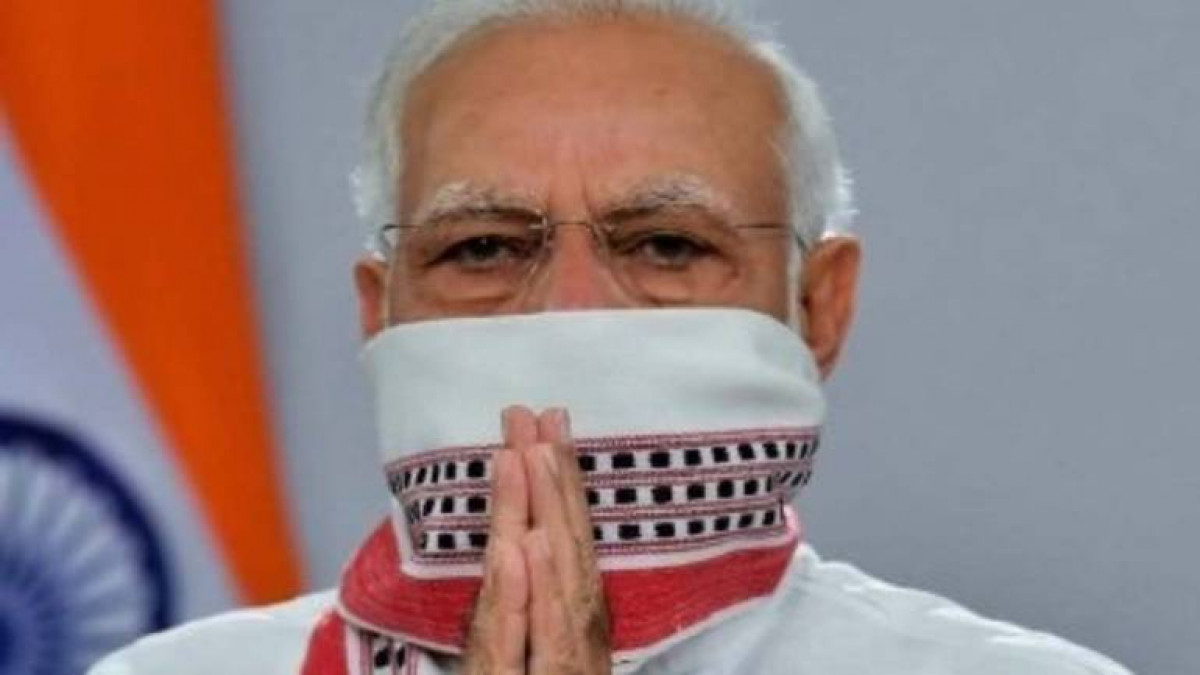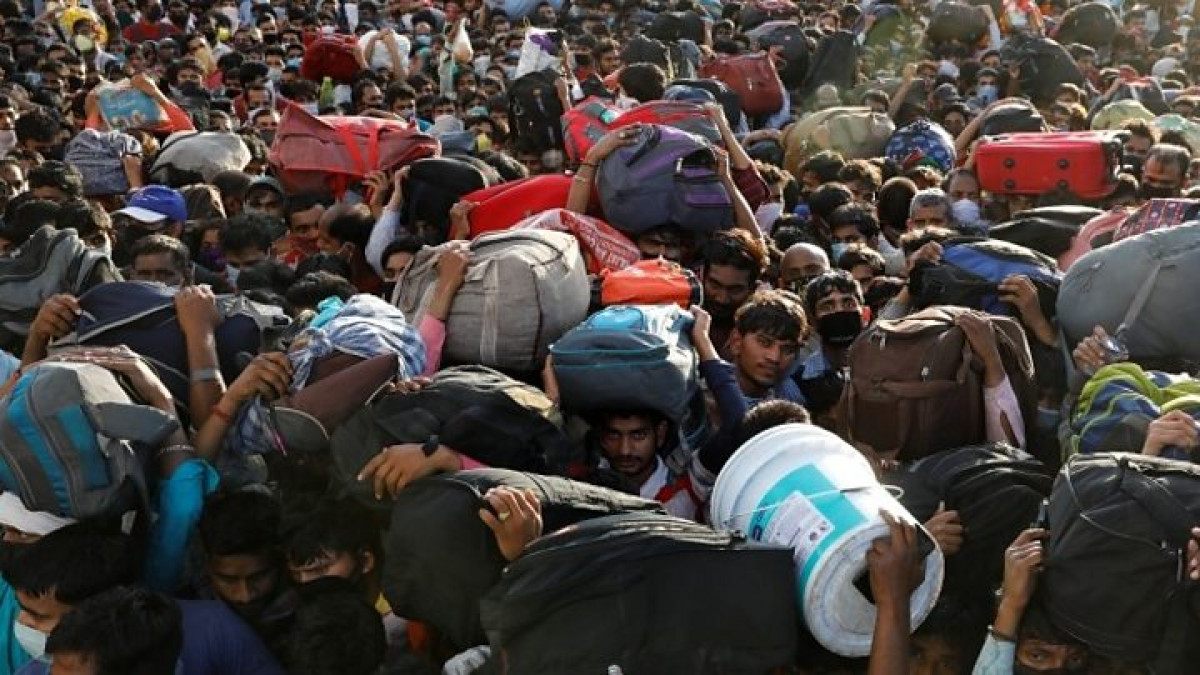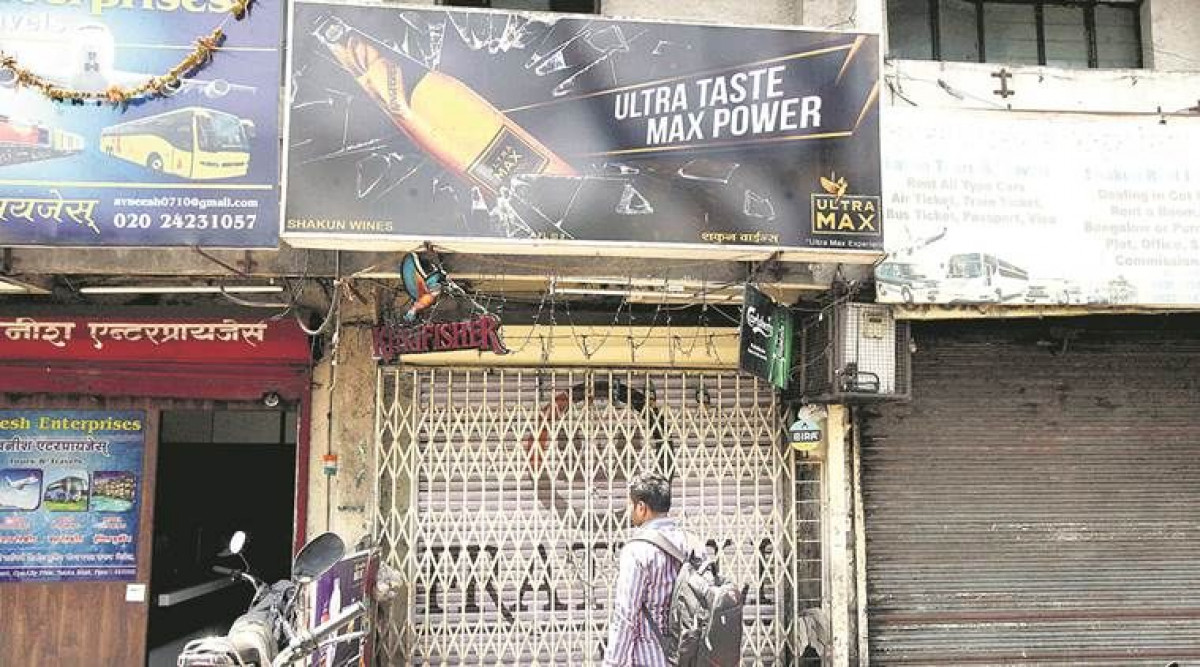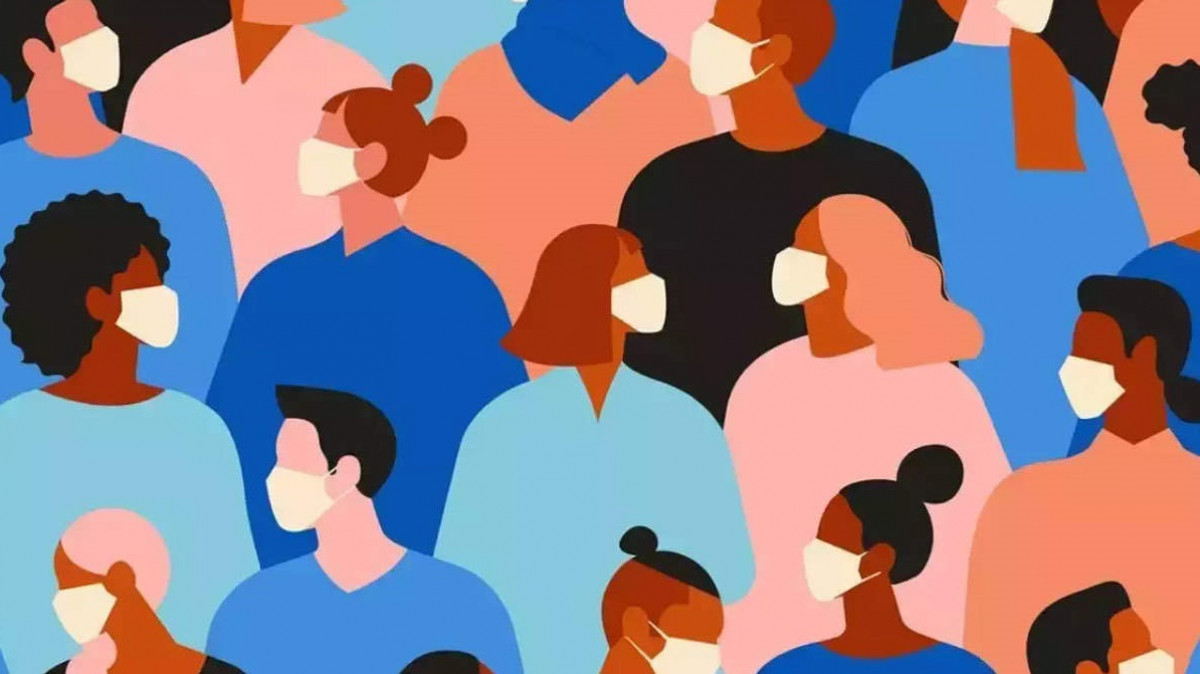Opinion
Of Lives and Livelihoods
India's future lies behind a veil of confusion

The Prime Minister’s announcement extending the curfew to 3rd May begs the question about the so-called red, orange and green zones that were spoken about earlier. In Maharashtra, for example, the state government had declared that Dhule, Nandurbar, Solapur, Nanded, Parbhani, Wardha, Chandrapur, Bhandara and Gadchiroli would be in the green zone. This meant that the lockdown would more or less be lifted in these districts on 15th April. Does the Prime Minister’s 14th April announcement then render the Maharashtra government’s order invalid?
The Prime Minister does not talk to us. He talks down at us, undermining our intelligence. His speeches begin with much rhetoric. He delays coming to the point. In his 14th April speech, he spoke of restrictions being relaxed from 20th April onwards, provided we obediently followed the rules, exactly as, say, a kindergarten teacher speaks to her students. Nor did he say what these relaxed restrictions would be. For that, we were asked to wait until the next day. A day before the PM’s speech, BJP spokesperson Mamta Kale told a TV channel that arrangements had been made to run non-stop trains to take immigrant workers back to their villages. It is this fake news that led thousands of immigrant workers to converge at Bandra station and clash with the police, desperate to get home. But rather than taking their own spokesperson to task, the BJP is now making a Marathi TV news reporter and the railway admin the scapegoat.
There are other contradictions within the government. In news bulletins on All India Radio, the government has been complaining against the police who stop truck drivers from carrying supplies to and from the retail outlets. But aren’t the police part of the government? Has the government done anything to sensitize and educate the lower echelons of the police force? The high-handedness of the baton-wielders continues. In Mumbai, apparently 5200 people were held for “lockdown violations”. Earlier, the government freed undertrials from jails, ostensibly to enable them to practice social distancing at home. But was the real reason for freeing them to empty jails and fill them up with lockdown violators?
It is ironic that the Prime Minister should have addressed the nation on Dr Ambedkar’s birth anniversary. Ambedkar gave us the Constitution, but now, with words like ‘War’ and ‘Emergency’ being freely bandied about in the name of COVID 19, do citizens still have any constitutional rights left? India’s lockdown has been the stringiest in the world, but, as economists have pointed out, the percentage of its GDP that it has allocated to alleviate the suffering of the masses has, shamefully, been the lowest. The IMF predicts India’s growth rate at 1.9%. Herein lies another irony.

As I had predicted in my previous article, conflagrations have been erupting in several pockets of the country, the soaring summer temperatures adding to people’s fury. After the Prime Minister’s speech, irate migrant workers came out on the streets not just in Bombay, but also in Surat, Ahmedabad, Hyderabad and Moradabad. Earlier, a migrant shelter was burned down in Delhi, leading to a man drowning in a river. In Punjab, a policeman’s wrist was chopped off. Can we be sure that between now and 3rd May, more such conflagrations will not see the light of day?
The Prime Minister is bound to make an appearance on 2nd May to say the lockdown is being extended further. The government is fixated on the numbers 49 and 56 (seven to eight weeks), because, according to the World Health Organization, this is the period that is required to flatten the curve. Fifty-six days from 24th March, when the lockdown was first imposed, brings us to 19th May. So Indians can safely expect the lockdown to continue at least till 19th May, if not more. Today, this might seem like a rumour. But let’s not forget that in early April the Cabinet Secretary denied “rumours” that the lockdown would be extended, and yet this has now become a reality. Whether the lockdown has achieved its desired results or not is, at this point, a matter of conjecture, with some observers vehemently arguing that it hasn’t, and others grudgingly admitting that it has, but only marginally.
However, there are contradictions within the World Health Organization. While UN Special Envoy Dr David Nabarro, with his clipped British accent, swears by lockdowns and commends India for its painfully strict lockdown, epidemiologist Dr Jayaprakash Mulleyil, former Principal of Christian Vellore College, speaks in favour of herd immunity. He cites the example of countries like Sweden and Israel that have preferred to deal with COVID 19 through herd immunity rather than lockdowns.
What is herd immunity? According to Dr Mulleyil, the coronavirus, like other viruses in the past, is indefatigable. It will continue to spread through the population until it lives its course, no matter what we do. Therefore, it is best that we come to terms with it and let 50% of our younger population, whose immunity is good, contract the coronavirus, while we keep our older population insulated. Once 50% of the population is infected with the coronavirus, we will develop herd immunity towards it and it will cease to be fatal. This, according to Dr Mulleyil, is how diseases like mumps and measles have become innocuous diseases today. They have become innocuous through the principle of herd immunity.

Herd immunity, then, requires that rather than keeping the working populace locked-up in their houses, calamitously destroying the economy in the process, we must allow them to carry on with their day-to-day activities. It is only the elderly that we must safeguard.
Unfortunately, Prime Minister Modi has been garrulous on the subject of lockdowns, but utterly silent about herd immunity. This, to my mind, is myopic. In the long run, say from the Day 57 onwards, we will have to come round to Dr Mulleyil’s way of thinking, because it seems unlikely that COVID 19 will disappear from the face of the earth any time soon, or that there will be a vaccine. Nor can the world afford to be in a state of permanent lockdown forever and anon.
On Tuesday, soon after the Prime Minister’s speech, the surveillance brigade landed at my door. They asked me many questions. How old was I? How many members lived in my house? Did I have a fever, cough, cold or respiratory distress? Did I wear a mask when I went to buy groceries? Did I travel abroad? What was my mobile number? And so on. Then I told them that since I didn’t have a kitchen, my friend who lived with his folks brought me my dinner every night. I had obtained permission from the COVID helpline to allow him to ride on his motorcycle and come to my place. However, now that his area was declared to be a hot spot and was sealed, the police were preventing him from getting out. Could they intervene?
This, the surveillance brigade said they weren’t empowered to do. Even though, just a little while earlier, the Prime Minister had said that it is our bounden duty to look after the elderly.
The most terrifying aspect of surveillance seems to be the Aarogya Setu App, which we are now supposed to download. The App has been basically designed to tell the government if we have the coronavirus or not. And if we do, or even if we have a mere cough and cold, one cannot even imagine at this point what restrictions will be imposed on our freedom or where we will be whisked away. As Yuval Noah Harari says, the surveillance has now gotten beneath our skins!
Between now and 3rd May, the Prime Minister is bound to come on air at least once to ask us to perform another stunt. This time around, he might ask us to come to our balconies at 5 P.M. and sing the national anthem, pointing out that the words of the national anthem are powerful enough to drive away from the coronavirus once and for all. And needless to say, like disciplined school children, we will dutifully comply.
Where is India heading to?
R. Raj Rao is a well-known novelist and poet, and former Professor and Head of the English Department at Pune University
The writer's opinions are his personal. Indie Journal does not necessarily agree to them.





